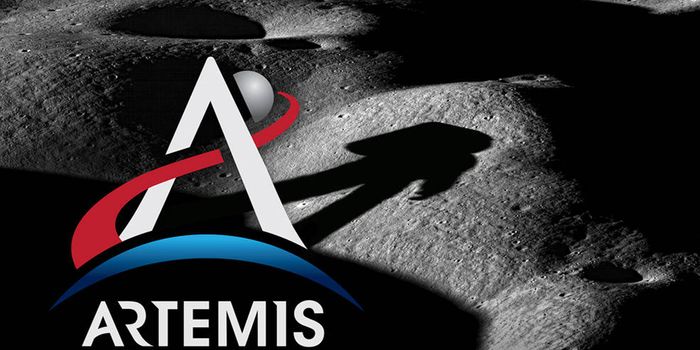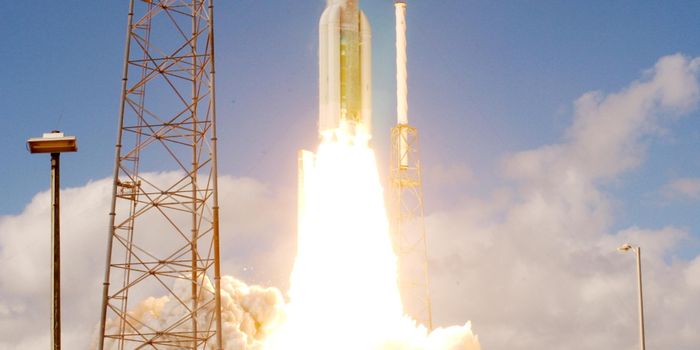Unveiling Mars' Hidden Giant: The Discovery of the Noctis Volcano
The planet Mars is known for its vast array of inactive shield volcanoes, and a new volcano could be added to the family with a recent study presented at the 55th Lunar and Planetary Science Conference, as a team of researchers announced the discovery of a massive volcano on Mars that is buried underneath the surface and could even possess a base comprised of glacier ice. This study holds the potential to help scientists better understand past volcanism and glaciation on the Red Planet that could provide clues to Mars’ geologic history.
For the study, the researchers used images from the High Resolution Imaging Science Experiment (HiRISE) camera and data from the Compact Reconnaissance Imaging Spectrometer for Mars (CRISM), which are both onboard NASA’s Mars Reconnaissance Orbiter (MRO), along with data from the Mars Orbiter Laser Altimeter (MOLA) that was onboard the Mars Global Surveyor to analyze “Noctis Mons” (official name pending), which is located southeast of Mars’ Tharsis volcanic region and in the western region of Valles Marineris, known as the largest and deepest canyon in the solar system.
Background image: NASA/USGS Mars globe. Geologic interpretation and annotations by Pascal Lee and Sourabh Shubham 2024
Sourabh Shubham, who is a PhD student in the University of Maryland’s Department of Geology and a co-author on the study said in a statement, “This area of Mars is known to have a wide variety of hydrated minerals spanning a long stretch of Martian history. A volcanic setting for these minerals had long been suspected. So, it may not be too surprising to find a volcano here. In some sense, this large volcano is a long-sought ‘smoking gun’.”
The team estimates that Noctis Mons is approximately 29,600 feet (9,022 meters) in height with a diameter of 280 miles (450 kilometers). Additionally, the ancient lava flows surrounding Noctis Mons is estimated to span 1,930 square miles (5,000 square kilometers) with terrain indicative of explosive steam venting, which indicates a very active region at one time. Despite this being a very recent discovery, there is already discussion of conducting future research into Noctis Mons in hopes of better understanding Mars’ geologic history, astrobiology implications, and even future human and robotic exploration.
What will Noctis Mons teach scientists about the history of Mars in the coming years and decades? Only time will tell, and this is why we science!
As always, keep doing science & keep looking up!
Sources: 55th Lunar and Planetary Science Conference, EurekAlert!, SETI Institute


















































